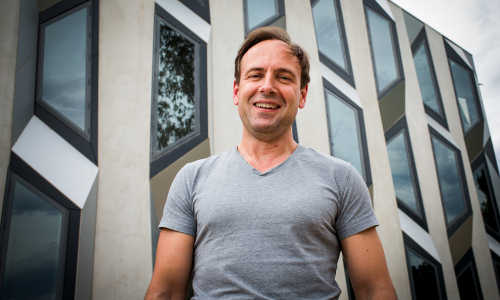Chemists have developed a revolutionary new way to manufacture natural chemicals and used it to assemble a scarce anti-inflammatory drug with potential to treat cancer and malaria.The breakthrough could lead to new and cheaper ways to produce rare drugs in large quantities.
“We took small molecules and clipped them together like Lego,” said lead researcher Professor Michael Sherburn, from the Research School of Chemistry.
“The building blocks are carefully designed in such a way that the first reaction generates a product perfectly primed for the second. It’s quite magical. This means you can efficiently build large and complex molecules.”
Medicines of this type have traditionally been made in a cumbersome way. Chemists take a related molecule and renovate it. This is a lengthy process, with unwanted structural features being ripped out and replaced.
“This leads to a lot of waste,” Professor Sherburn said.
The group trialed their innovative new method by making pseudopterosin, a powerful anti-inflammatory and analgesic drug, which is currently only available in tiny quantities extracted from fan coral found in the Bahamas.
The work began as blue-sky research, with the researchers trying to work out a way to make supposedly impossible molecules of cross-conjugated hydrocarbons.
Before trying the experiments the team ran simulations on the Raijin supercomputer, which indicated that their method had potential.
“Ours is an empowering and enabling technique, allowing a smarter and faster way to make important substances,” said Dr Chris Newton, who did the research in the laboratory as a PhD student.
“The pseudopterosin synthesis is the tip of the iceberg. We are well on the way to efficient syntheses of other important drugs.
“There is a potential for industrial-scale manufacture, too, which will take the pressure off species which are being harvested for drugs,” he said.
The research is published in Nature Chemistry.
Story Source:
The above story is based on materials provided by The Australian National University, Canberra.





